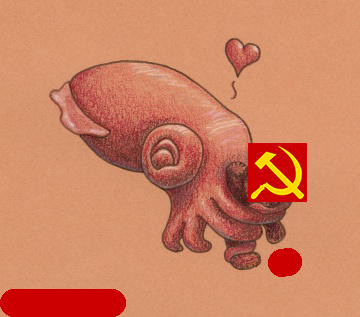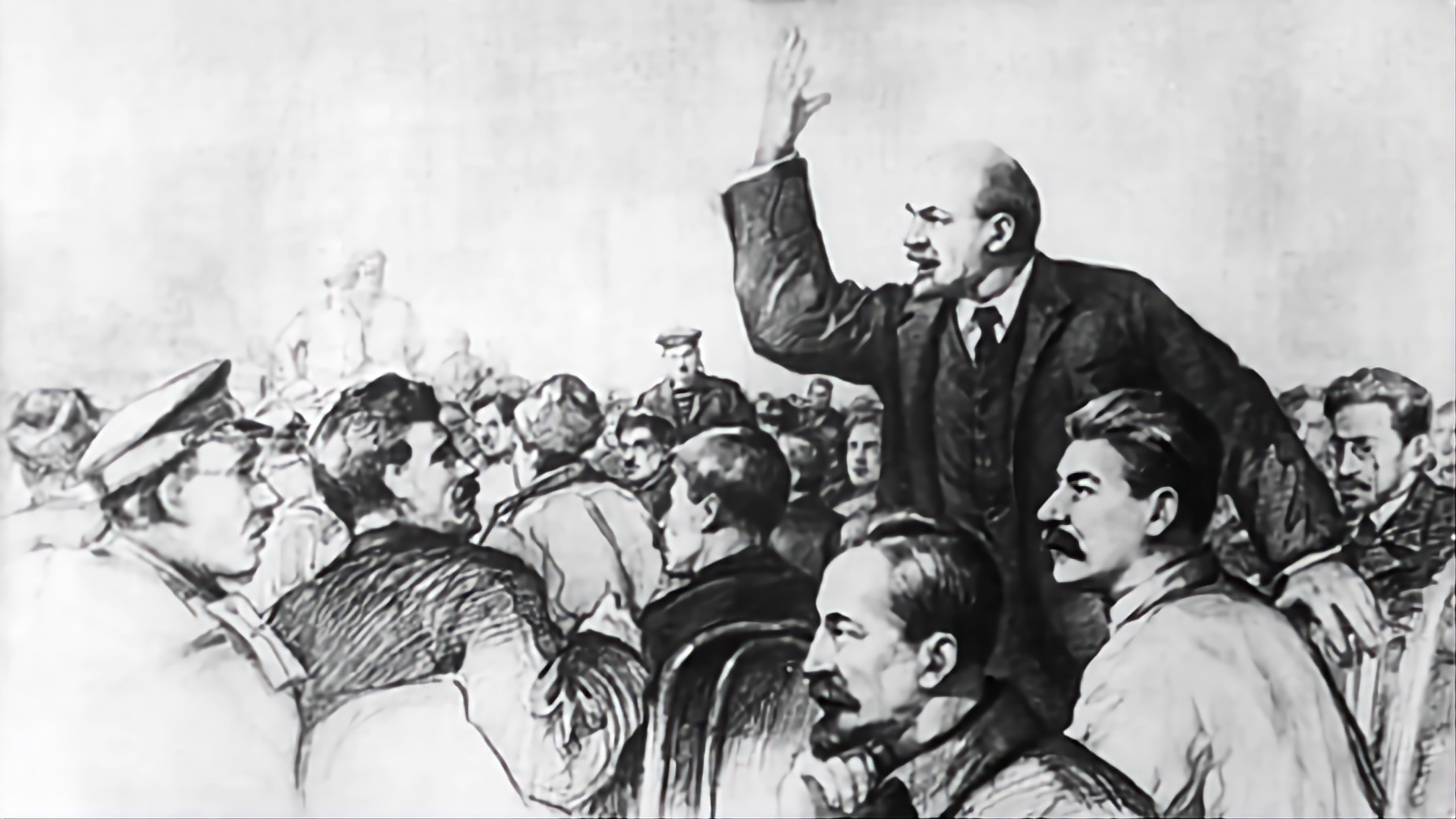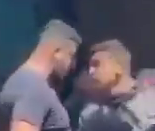

Would you support him banning AmeriKKKan and Isn’treali developers too, given that their countries’ war crimes are far grander in scale, horror, and devastation than Russia’s?


Would you support him banning AmeriKKKan and Isn’treali developers too, given that their countries’ war crimes are far grander in scale, horror, and devastation than Russia’s?

Nah she could still get my vote. It’s just that the longer the genocide goes on the higher the price rises. At the start, she could have earned my vote by denouncing Biden and the genocide and demanding an arms embargo to the genocidal ethnostate, then consistently held that position, resigned from the VP position in protest, attempted a citizen’s arrest or Genocide Joe, anything. Instead she’s steadfastly supported genocide. Now at this point, to earn my vote, she’ll have to do all that AND sign legally binding documents promising to invade Israel on day 1 of her presidency to overthrow the genocidal apartheid regime and turn it over to a coalition of all Palestinian resistance groups


I don’t think I’m smart enough to get your point here but I’m gonna criticize her simulation then


Critical support to Chappell Roan for speaking out but my criticism is that she said she’s still going to vote for Holocaust Harris, which undermines the message she was sending in the first place :(


US could just stop arming the genociders but then the genocide would stop, and US politicians can’t cum unless they’re looking at mangled corpses


I can’t believe they’d do this to me </3. They held the debate without me! I was going to write in JD Walz and Tim Vance for president and VP but now that I know they’d lie about something so important I just can’t. Guess I’ll have to vote PSL.


Thank you! 







I’m busy tonight, can they postpone the debate to tomorrow instead?


I’ve never seen The Godfather II because Godfather I was boring af and when it wasn’t boring it was really upsetting for how much the movie hates women. There’s like, maybe 3 good moments in the entire film? And the theme song slaps. That’s it.


Thing about material reality is that it always wins in the end. You can spin a narrative for a while, but sooner or later you have to reconcile it with what’s actually happening in the world.
Well said


Absolutely. These people don’t understand what a “friend” is – at most they’re friendly acquaintances


Inshallah. I don’t want Trump to win but I need the Nazi Democrats to lose


I always wear a mask when sharing breath outside my household. That means everywhere inside. That means outsids if I’m near people. Even if it’s just one person – it only takes one oerson to spread disease. Covid is airborne and has killed and disabled millions. The vaccines lessen the chance of death in the acute phase but don’t prevent Long Covid and I’m not willing to get Long Covid.
Covid is a class issue. The capitalists got pissed that keeping people safe from covid was too expensive and disruptive to business as normal so they sent the working class into the meat grinder and have manufactured the myth that it’s over. All for their economy. Its not over and all the young people I see coming down with POTS, cognitive decline, and chronic fatigue are a testament to that fact.
Wear a respirator anytime you have to breathe in someone’s exhalations – kf94, kn95, n95, or better (kf99, kn100, p100). It should seal on your face, not have giant gaps. You can get body-safe double-sided tape called “mask tape” to affix a disposable respirator to your face. It’s a bit more upfront effort and cost but you can get a resuable elastomeric respirator – my P100 cost 30 to 40 dollars and the filters last for 3-4 months before they need replacing, at $15 per replacement set.
Never give in. Those who pressure you won’t take care of you if you become disabled from Covid. They won’t even care enough to spit on your grave if you die from it directly, or die from the disability and systemic oppression that is rained down upon those who cannot work. They won’t spit on your grave because that would require remembering and acknowledging what they did to you and they’d rather sleepwalk to their own joyful doom with no acknowledgement of the cost in human blood to disrupt their shared mass delusion.


If you’re going to waste your time voting, vote against Trump by voting 3rd party or go to hell.

Your fear is correct, I’ve seen liberal Nazis salivating about it on reddit. They really hate Muslims.
Nothing to be done about that though. They were going yo turn on Muslims anyway. There can never be safety in collaborating with Nazis


Preach.


Glad to hear!


wtf that’s so sad. Please tell me he made some new friends


Thank you comrade! By the way your profile picture is adorable, what is it?
I missed that Ilhan had endorsed Kdolf Hitler, very disappointing.